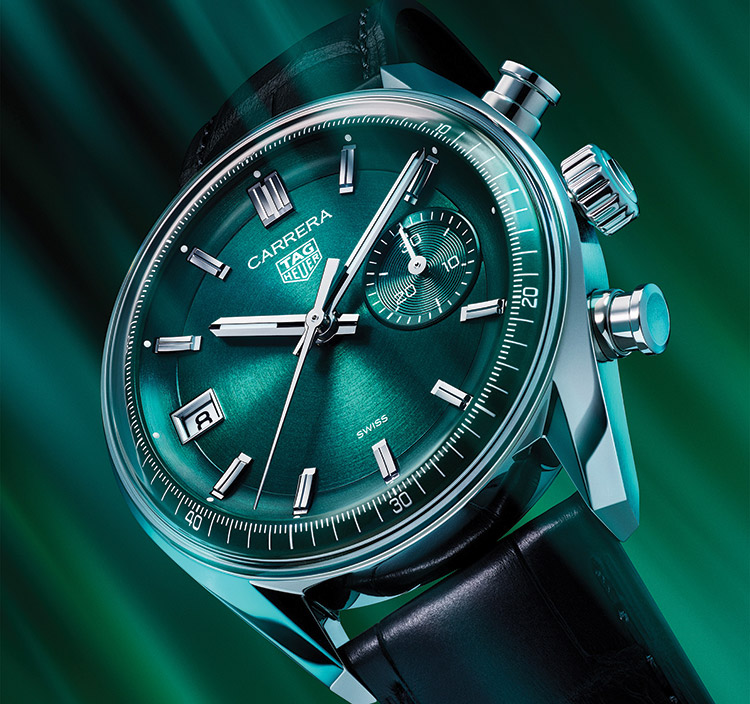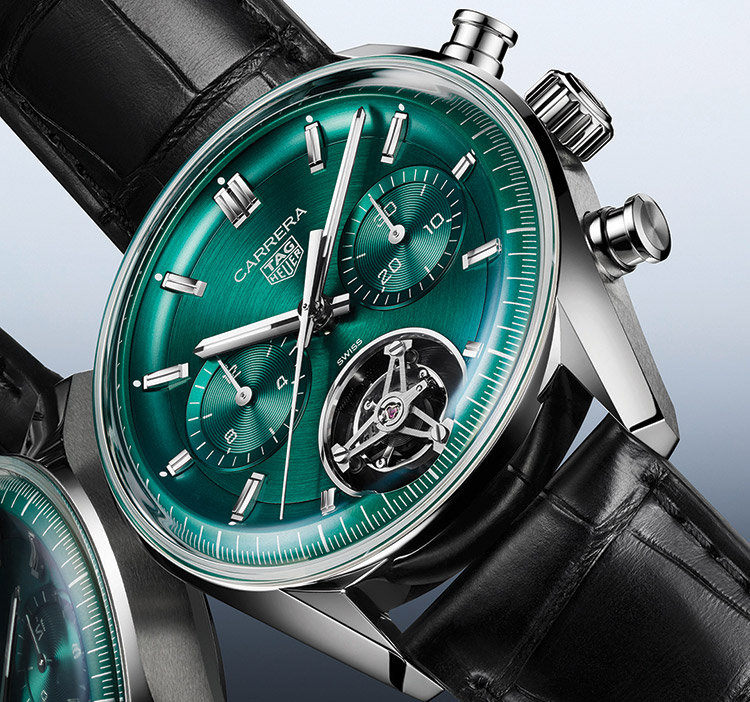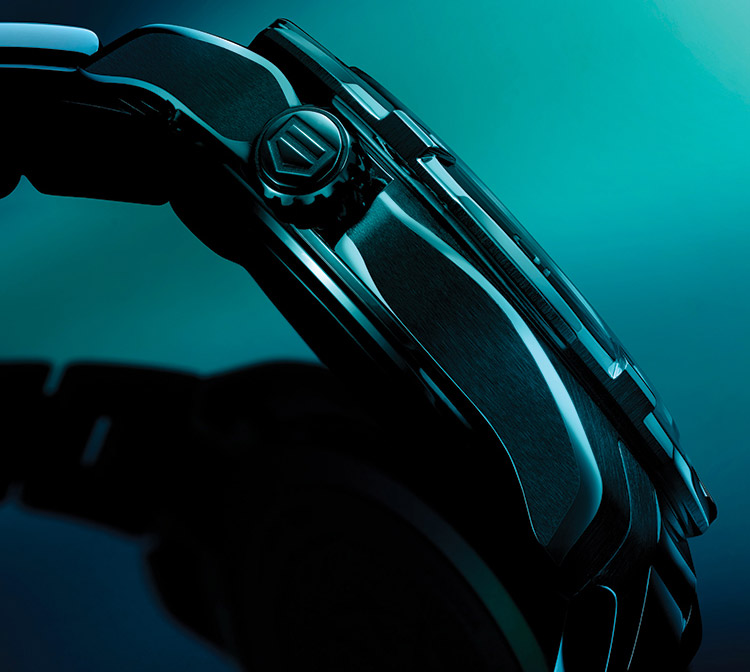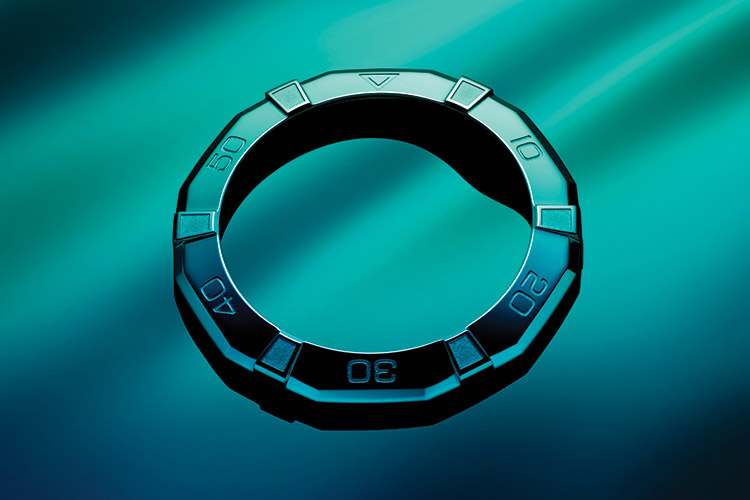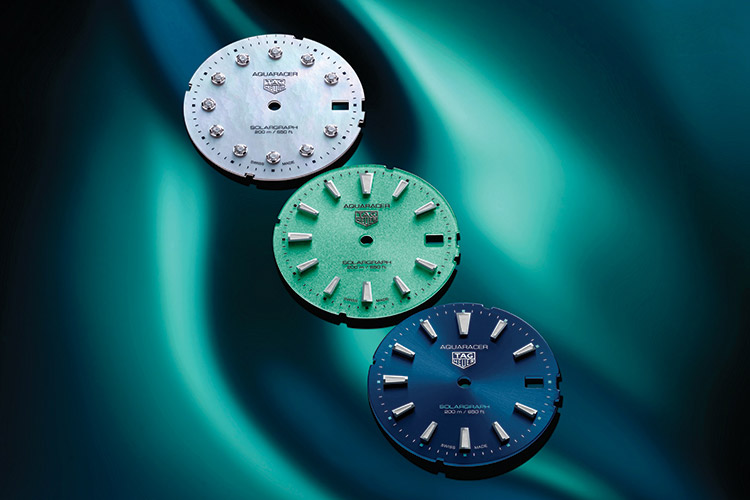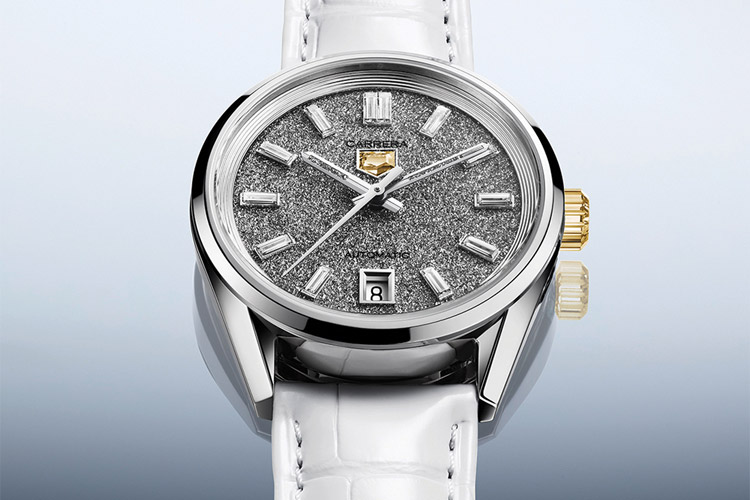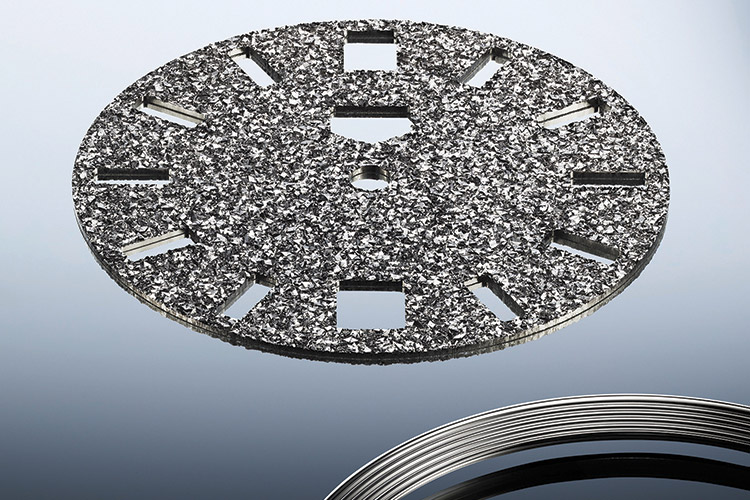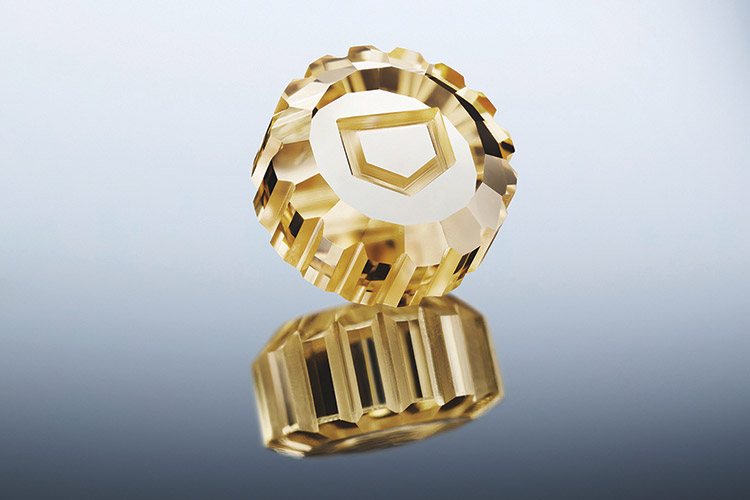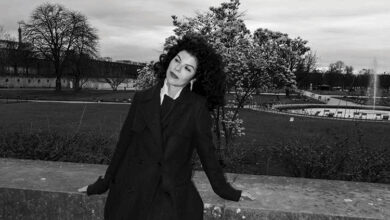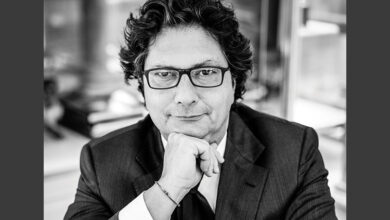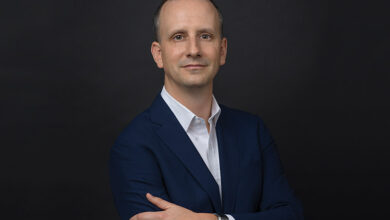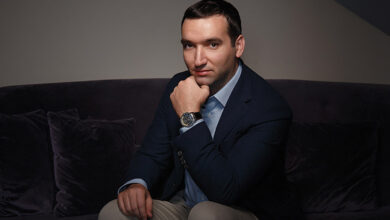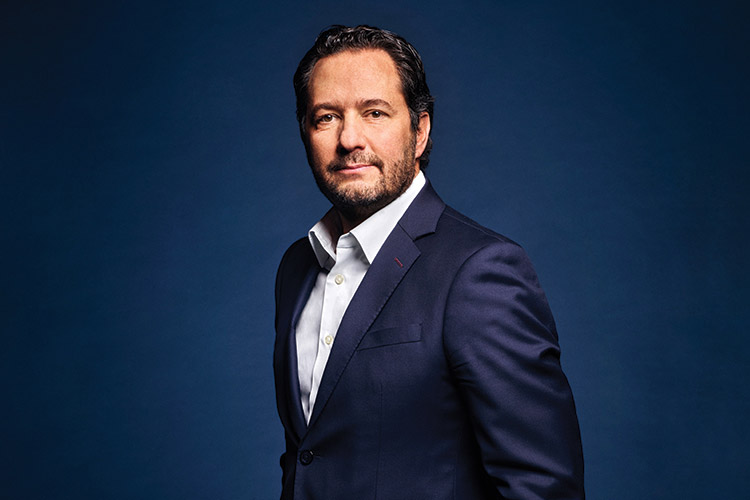
Tob billing at TAG Heuer’s LVMH Watch Week offerings went to the Aquaracer Professional 200 Solargraph – the marque’s new editions powered by a solar movement. Julien Tornare, who took over as the CEO of TAG Heuer in the beginning of January 2024, talks to “Day & Night” on the timepiece, the Solargraph, and the future of the brand
Can you tell us first about the high-performance Aquaracer Professional 200 Solargraph; how important is the Aquaracer to TAG Heuer?
It is highly important for quite a few reasons. Firstly, it is a product line that has existed for a long time. It is a product that is easy to identify, and it has its own character. The marker on the bezel makes it iconic and identifiable at first glance. This new Solargraph technology brings the quartz watch to a different level. It is something very new, very special, and a definite talking point.
Quartz is quartz; it has been around for a long time, and you cannot say much more on it but thanks to this Solargraph, it is a completely different experience. People love the story. When you tell people that with 2 minutes of exposure to sunlight you get a charge for the whole day or with 40 hours in the sun, the watch can run up to 10 months without any exposure to light, people think it is very cool. It is in a way giving a new savoir-faire – a new dimension to a quartz watch.
For the Solargraph to work, the dial needs to be semi-transparent; how could you manage that with the mother-of-pearl dial?
Yes, achieving that was a big feat. I cannot go too deep into the technical side, but I know that it was a big challenge. Mother-of-pearl has a certain thickness, and it is less transparent than a regular colours. It was quite challenging, but they managed to overcome it and guarantee the same performance in terms of recharging. It was a big development and took more time than expected to get the right productivity in terms of charging.
The Aquaracer was originally 40 mm and you have now presented a 34 mm; will there be any more sizes in the future?
We do have another size also, a smaller one. We have one at 30 mm, not with the Solargraph, but the Solargraph will replace all of our quartz movements at some point.
What are the benefits of the Solargraph when compared to a quartz movement?
The benefit is that a regular battery with quartz technology normally last three years. With Solargraph, it is 15 years before you have to change the battery because it recharges itself. Another advantage is that it uses a natural element to recharge. It is kind of cool when we are able to multiply the longevity of the battery by five times. The battery life is now extended from 3 years to 15; five times, thanks to using something that is basically free, sunlight. The concept goes well with our Corporate Social Responsibility ethos; the longevity of the product and the use of natural light at that level is definitely a value-add for TAG Heuer.
Last year, for the anniversary of the Carrera, it was remodelled with the Glassbox while this year’s model features the Dato. Can you tell us why the Dato?
Because the Dato has become an iconic watch of TAG Heuer. Originally, it was inspired by a watch that was made in 1968 – a long time ago. The Dato became famous because the date changed locations a few times and its nickname basically came from collectors. This is something that people are really looking forward to – a Dato with the Glassbox. These are two watchmaking elements that please our community of purists and watch lovers, so it was logical for us to integrate this into the Glassbox.
This year, you have also presented a tourbillon edition in the Carrera Chronograph Tourbillon; why a tourbillon?
The tourbillon is one of the complications that has been at TAG Heuer for quite a while. It clearly goes well within the Carrera collection. The tourbillon is a key complication, probably the most-known high complication in watchmaking that people understand the most and which has become the most famous. When you master the tourbillon, people understand its importance and your watchmaking know-how.
This is the first time that I am seeing this amazing shade of teal green, especially in the watch industry; why teal green?
There are quite a few reasons, but I would say the inspiration came from, as is often the case with TAG Heuer and, always with Carrera, from the world of car racing. This is really a colour that was often seen on the vintage racing cars between the 1920s till the ‘50s and the ‘60s. There were a lot of this kind of a metallic, reflective green. We wanted to get as close as possible to this kind of green. That is why in this one, if you go outside, or if you use a light, you see so many shades of green. It is green, but sometimes you see more of a blue. It is indeed very special, as even I had never seen such green in watchmaking earlier. I think we got something very unique, inspirational, and vintage.
Last year, you had a partnership with Mario, which is a great way of attracting the younger consumers; is there any collaboration in the works?
I love collaborations, and I am well served at TAG Heuer because we have quite a few. Yes, there will be more to come and that is something that we will talk about a bit later in the year, but there is definitely a surprise to come – something very cool that is sure to become a big talking point.
Where do you see the brand five years from now?
I see TAG Heuer as a brand that will be even more linked to its heritage, with more emphasis on dynamism. There will be a balance between heritage and avant-garde innovation as is now but even more spread, not separate, but more spread. More things inspired from the past – much more innovative and crazier things. In retail, we really need to upgrade and to develop our retail. I want to create much more of a client experience.
One of my key priorities from a market point of view is a more balanced market. There are markets where the brand is much stronger than others and I am lucky because in many markets the brand is already strong. But there are a few that I need to develop more, so I will focus more in these areas. I will go more often to those markets to make sure we catch up, because a strong brand has to be global. Today, we have to be global. We might now be in the Top 10 or Top 8 brands. I would like to be in the Top 5 or Top 6; that is my objective. Each rank is more difficult to achieve, so I cannot aim for the Top 2 or Top 3, but if we achieve a place within the Top 5 or Top 6, I will be happy.
